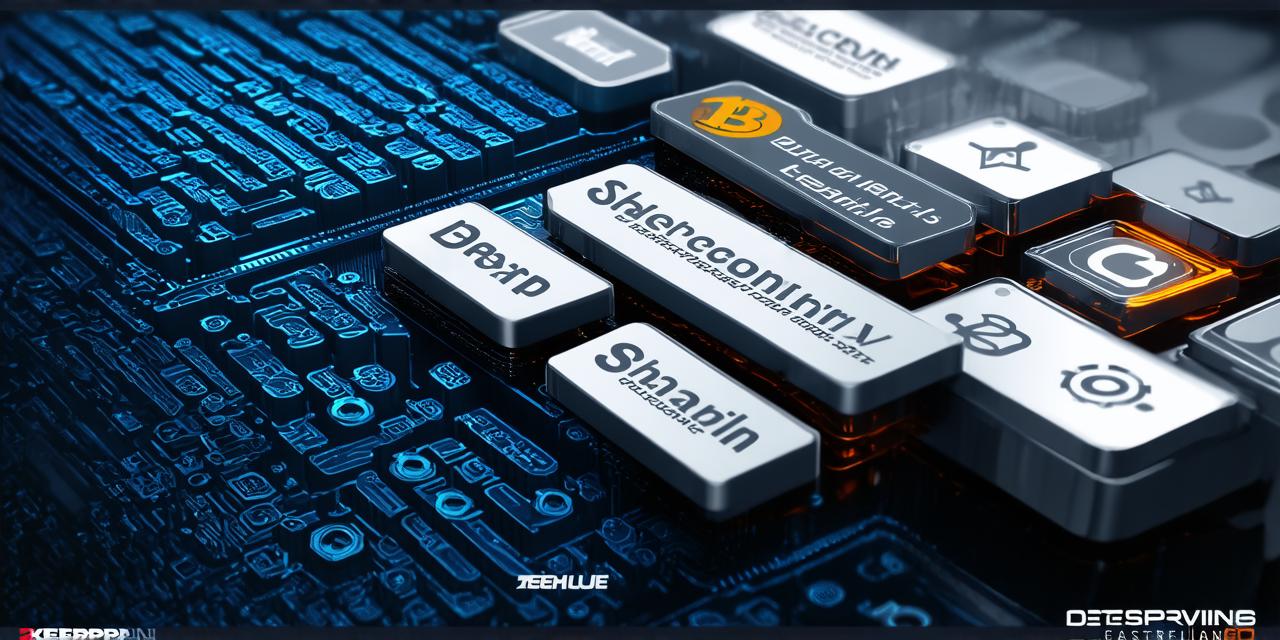Understanding Layer 1: The Transaction Layer
Layer 1 is the first layer of a blockchain network, responsible for processing transactions and adding them to the blockchain ledger. This layer is also known as the transaction layer because it deals with individual transactions between users.
Each transaction on a blockchain consists of several elements, including:
- The sender’s address: This is the address of the user who initiates the transaction.
- The receiver’s address: This is the address of the user who receives the transaction.
- The amount of cryptocurrency being transferred: This represents the value of the transaction.
- A nonce: A nonce is a unique identifier that is used to prevent double-spending of cryptocurrency.
- A digital signature: This is a mathematical algorithm that verifies the authenticity and integrity of the transaction.
When a user initiates a transaction, it is broadcast to the entire network of computers on the blockchain. These computers work together to validate the transaction and add it to the blockchain ledger. Once a transaction has been verified and added to the ledger, it becomes immutable and cannot be changed or deleted.
Layer 1 vs. Other Layers in Blockchain
Layer 1 is just one of several layers that make up a blockchain network. The other layers include:
- Layer 2: This layer is responsible for scaling the network by allowing for off-chain transactions to be processed quickly and efficiently. It is also known as the payment channel layer.
- Layer 3: This layer deals with smart contracts, which are self-executing programs that automate complex business processes on the blockchain.
- Layer 4: This layer is responsible for providing additional services such as authentication and access control.
Each layer in a blockchain network serves a specific purpose, and they work together to create a secure and transparent ecosystem for storing and transferring data.
Key Features of Layer 1
- Decentralization: Layer 1 is fully decentralized, meaning that there is no central authority or intermediary controlling the network. Each computer on the network has an equal say in the validation and processing of transactions.
- Immutability: Once a transaction has been verified and added to the blockchain ledger, it becomes immutable and cannot be changed or deleted. This provides a high level of security and transparency for users.
- Scalability: Layer 1 is designed to handle a large number of transactions quickly and efficiently. It uses advanced cryptographic techniques to ensure that each transaction is processed in a timely manner, even during periods of high network congestion.
- Accessibility: Layer 1 is accessible to anyone with an internet connection and a cryptocurrency wallet. This makes it easy for users to participate in the blockchain ecosystem and take advantage of its many benefits.
Real-Life Examples of Layer 1 in Action
Layer 1 has been used in a variety of real-life applications, including:

- Bitcoin: The most well-known cryptocurrency, Bitcoin is built on Layer 1 and uses it to process transactions between users.
- Ethereum: A popular smart contract platform, Ethereum uses Layer 1 to process and validate transactions between users.
- Ripple: A payment protocol that enables fast and low-cost cross-border payments, Ripple uses Layer 1 to process transactions quickly and efficiently.
These are just a few examples of how Layer 1 is being used in the real world to facilitate secure and transparent data storage and transfer.
How Layer 1 Works: A Step-by-Step Guide
- A user initiates a transaction by sending cryptocurrency from their wallet to another user’s address.
- The transaction is broadcast to the entire network of computers on the blockchain.
- These computers work together to validate the transaction and add it to the blockchain ledger.
- Once a transaction has been verified and added to the ledger, it becomes immutable and cannot be changed or deleted.
